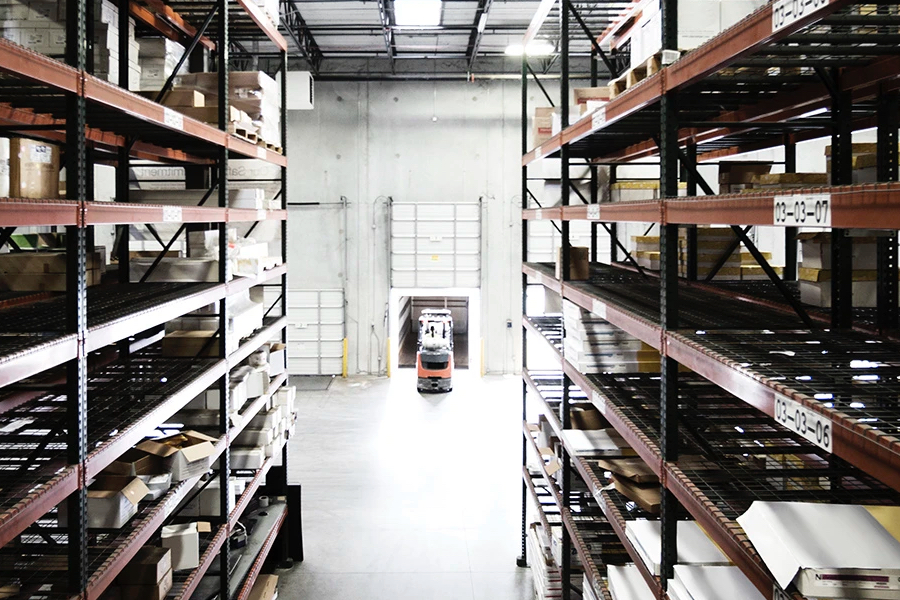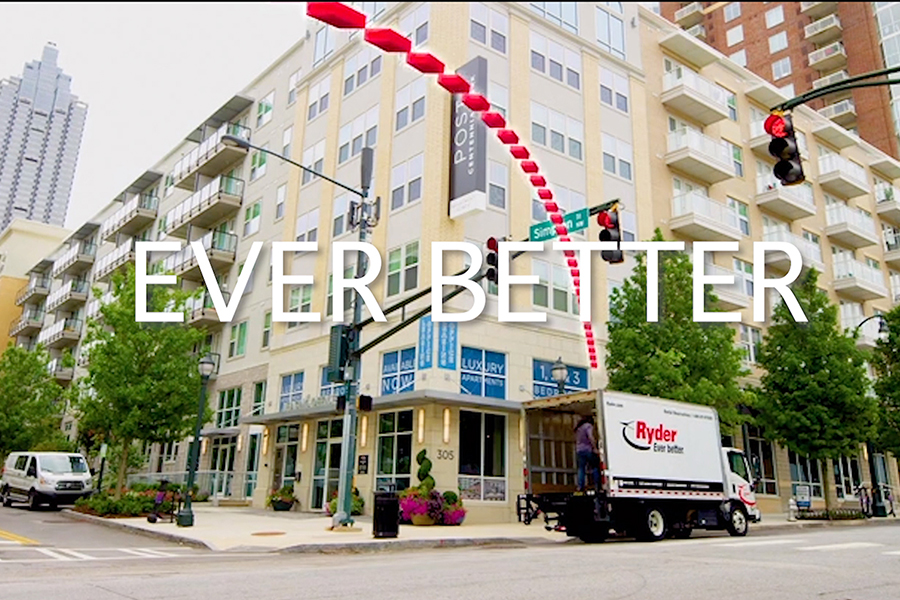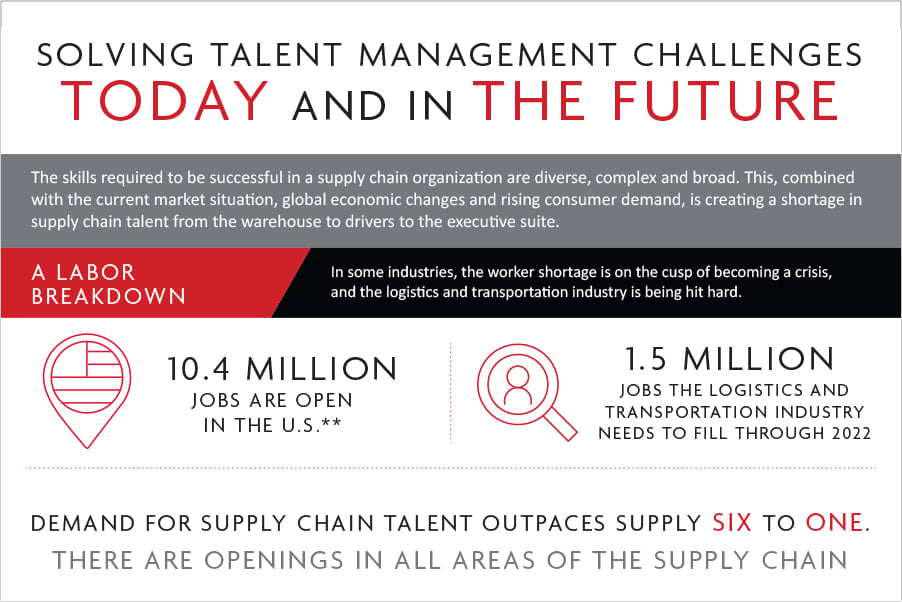Finding the Right 3PL Partner

The decision to outsource supply chain functions – whether you’re outsourcing for the first time or searching for a new outsourcing partner – is something more companies are beginning to consider. And, finding the right third party logistics (3PL) provider to partner with is critical to the success of your supply chain and meeting the needs of your customers.
Research confirms that 3PLs are doing a good job of helping clients with both cost savings and improved customer service. In 3PL Central’s State of the Third Party Logistics Industry report, it found that 71 percent of companies said that using outsourced services contributed to reductions in overall logistics costs, and 81 percent said 3PLs contributed to improved customer service. What’s more, 73 percent said their 3PLs provide them with new and innovative ways to improve logistics effectiveness.
One of the most significant findings to emerge from the study is the increasingly strategic nature of relationships between companies and their 3PL providers. Companies are leveraging a 3PL’s ability to provide all the transportation and supply chain logistics services the company needs immediately, as well its ability to scale those services as business grows and needs expand. Increasingly, these strategic partnerships begin during the request for proposal (RFP) phase.
Because of this, companies are beginning to understand that lowest bid does not always mean the best partner. In fact, if bidders come back with significantly lower prices than other bidders, companies should question why that is. Many 3PLs will low bid for the business and then, once awarded the partnership, add on prices for changes in scope.
What is an RFP?
An effective RFP goes further than looking at a supply chain strategy as just a service. Moreover, a thorough RFP should ensure your exact needs and expectations are understood, allowing 3PLs to effectively identify solutions and accurately define requirements that are reflected in the pricing submitted in the proposal.
Simply put, the RFP should detail the issue that needs to be solved, what your desired outcome is, and detail the criteria used to select a winning bidder. This will yield the most consistent response and enable you to make a clear decision on which 3PL to partner with. You also need to know what to look for in a response to your RFP. Does the 3PL have other tools that can add value? Are there continuous improvement opportunities? How well will the 3PL integrate with your company’s systems?
Below are best practices to put in place when crafting your next RFP, and the answers to look for that will help you find the best partner and greatest value.
Be clear, specific, and organized
When choosing which services to outsource, focus on the pain points of your business. Identify the exact requirements and objectives of the services to be outsourced. What will success look like to you and your stakeholders? Do not use broad or open-ended questions. This will result in vague responses. Identify all areas that are important in your selection process so that the bidders can give you an accurate quote. Ensure every aspect of the organization that will be touched by outsourcing—finance, management, operations, sales, end users—is included in the process to make sure the right solution is secured and expectations are met. Also include: operating assumptions, volume data, timeline, product specification, and any real estate needs. Finally, ask for a detailed implementation plan that includes execution team size, what the transition entails, and how long it will take execute.
When analyzing responses, be sure the solutions are clear, specific, and organized. Ensure your partner can integrate with your current systems and software instead of forcing you to integrate with theirs. For example, if you choose a 3PL that does not have a warehouse management system (WMS) that is compatible with what you are currently using, you will need to add a new system. This will cause your outsourcing cost to rise well above the 3PL’s initial bid. The 3PLs that are able to seamlessly integrate with your current system provide the greatest value because their solution will be in place quicker and your costs will not increase.
You should also look for a company that is able to add value through a full suite of solutions—cross border, cross docking, transportation management, last mile, e-commerce fulfillment, etc. A single-source 3PL drives greater value and keeps your operating costs low, opposed to the potential of using multiple providers. An ideal 3PL has infrastructure in place that allows you to meet the needs of your customer easily, instead of having to find or purchase real estate—a cost that is not included in lower 3PL bids and added on later. A 3PL can also add value if it provides labor management that allows you to flex your workforce in times of need, lowers turnover, and has the tools in place to train employees to make your operation more efficient. Without these pieces in place, your total cost to operate will be well above the bid you choose.
Include accurate data
While your data is important and can hold trade secrets, it is also one of the most crucial aspects of the RFP process. Without providing true and accurate data, a 3PL cannot provide you with the best possible customized solution. If you don't have the data, you can provide projected data. In most cases, the first thing a bidder does is test the quality of the data you provide. And, remember, a proposal is only as accurate as the data that is provided.
A 3PL’s response to the data you supplied should show the company has the technology in place to not only analyze your data, but to engineer a customized solution that gives you end-to-end visibility into your operation, and put processes in place to improve efficiency. Technology plays an important role in this. Increased availability of data and more advanced tools to analyze it enable real-time decision making and support the development of innovative solutions that you can leverage to increase your competitive advantage. Moreover, it drives greater value for your operation without raising the cost of bid the 3PL provided.
Establish continuous improvement expectations
One of the most important questions to ask is how will a 3PL continue to improve processes to meet KPIs, while driving savings and efficiencies. It is important the 3PL details the techniques and processes they have in place that will benefit your operation. For example, businesses can reap tremendous rewards by implementing a LEAN culture in its supply chain. Doing so, however, requires a long-term commitment to a LEAN transformation strategy. Finding the right 3PL partner, one with deep expertise deploying a LEAN strategy to transform supply chains, is a good starting point.
The right partner will also establish dashboards that communicate performance on a daily, weekly, and monthly basis. The teams should also hold a monthly or quarterly business review meeting that focuses on long term needs, and continuous improvement. Being able to develop a relationship that provides all these factors gives way to a collaborative, interactive, and design based solutions that is key for profitable and sustainable growth.
Selecting the right outsourcing partner
Companies of all sizes decide to outsource non-core business operations for many different reasons. Historically, cutting costs has been a primary driver behind the decision to outsource, and it remains a key consideration in many cases. But, more businesses have also come to realize the array of strategic advantages outsourcing can provide.
Domestic transportation and warehousing remain the two most common services shippers outsource with a 3PL, 83 percent and 66 percent, respectively. Because of this, integrated 3PL providers like Ryder offer a much broader array of services, everything from North American logistics to last-mile delivery and, in Ryder’s case, a menu of solutions such as warehousing, transportation management, e-commerce fulfillment, innovative technology and value-added services specifically tailored to businesses of all sizes. That depth and breadth of services is integral to the benefits they offer to companies.



